Commentary: The Smithsonian is not a 'distorter.' It's a mirror
Published in Op Eds
For 178 years, the Smithsonian Institution and its 21 museums, 21 libraries, 14 education and resource centers, National Zoo, and other affiliates have been responsible for chronicling and displaying our nation’s existence to enlighten past, present and future generations.
The federally and privately funded organization has a responsibility to detail our country’s journey, from its beauty and majesty to its ugliness and struggles. But just as important as it is to show and tell the nation’s history, the Smithsonian’s displays have the power to unite, challenge, inspire, educate and evoke empathy.
Failure to fully convey the complexities of the nation’s experiences does a disservice to all Americans. The Trump administration disagrees.
The language in the president’s Smithsonian executive order, which calls for removing what it deems “improper ideology” from the institution’s museums and parks, is a deliberate effort to promote a whitewashed version of our complex history. Trump says the order is an attempt to “restore sanity and truth to American history” so that individuals aren’t “subjected to ideological indoctrination or divisive narratives that distort our shared history.”
The exhibits featured throughout all Smithsonian properties — carefully curated by experts and historians — offer artifacts, documents and artwork that present the American experience and teach us about the history of our Earth.
Does that sound like divisiveness, or is it “the increase and diffusion of knowledge,” which the Smithsonian states is its purpose?
Unsurprisingly, the White House cited The National Museum of African American History and Culture and the forthcoming American Women’s History Museum as examples of why the institution needs saving. The words “African American,” “culture” and “women” seem to be triggering to this administration. It’s been widely reported that across agencies, references to race, gender and sexual orientation have been removed from government websites.
Some subject matter, including conversations around racism, identity, sexism and classism seems to make many people, including politicians and individuals with corporate interests uncomfortable. Good. We can’t go back and change the darkest parts of US history, but we should strive not to repeat them. Leaning into that discomfort, which can serve as a reminder of what should not be happening, is a good place to start.
As a multiracial American — of Indian, Puerto Rican and Italian descent — family members from all three of my cultures were part of the American experience, but none were present on this continent 250 years ago when the nation began. Does that mean my story doesn’t qualify as a true American tale? Or is it simply not as important as the White Anglo-Saxon Protestant saga?
There are many Trump supporters who will be quick to brush off those questions and take offense to any allusion that the president is racist. This has nothing to do with race, they may say. It is simply about making America great again, they may add. But this is why learning our nation’s full history is important — because the country’s past is filled with examples of laws and policies that sanctioned the erasure of groups of people under the guise of making America “great.”
The US is its best self when it tries to right those wrongs. I am the result of historical governmental acts that have supported and welcomed outsiders to contribute to our land with the promise of American greatness. That promise was and continues to be realized despite some opinions. But progress comes with growing pains, and we can’t just erase parts of recorded history we disagree with.
I’ve spent most of my career path working for nonprofit organizations that support the exposure of art and history for various communities and groups not always represented in mainstream American culture. Firsthand, I’ve witnessed minds being opened, prejudices dissipated, and new conversations fostered. I’ve also seen setbacks when politicians, board members and powerful influencers impose their personal beliefs onto an organization and subsequently oppress voices in the process.
If the Trump administration’s executive order is determined to restore its parks and museums to narratives that “remind Americans of our extraordinary heritage, consistent progress toward becoming a more perfect Union, and unmatched record of advancing liberty, prosperity, and human flourishing,” then the president must not erase our imperfections. That would turn US history into something almost similar to an unregulated Wikipedia page, where an unaccredited contributor — disinterested in accuracy — edits, deletes and revises the narrative.
Our flaws are just as crucial to ensuring that liberty and justice are truly provided for all as we evolve. But if the narrative is narroweddown to speak only for a portion of Americans, then we are removing the opportunity to challenge and question our progress.
____
This column does not necessarily reflect the opinion of the editorial board or Bloomberg LP and its owners.
Raj Tawney, an essayist and journalist who writes about family, food and culture, is the author of "Colorful Palate: A Flavorful Journey Through a Mixed American Experience" and "All Mixed Up."
©2025 Bloomberg L.P. Visit bloomberg.com/opinion. Distributed by Tribune Content Agency, LLC.
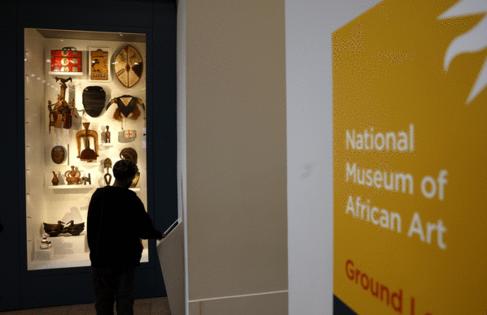


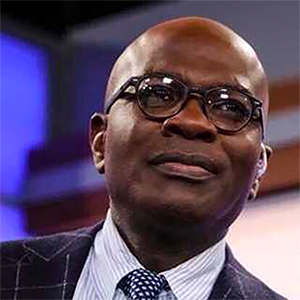



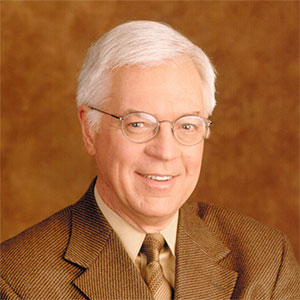










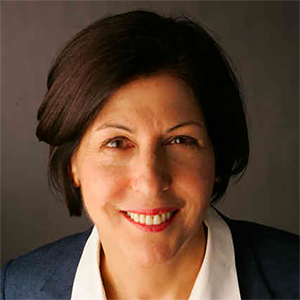






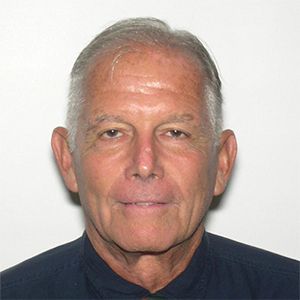

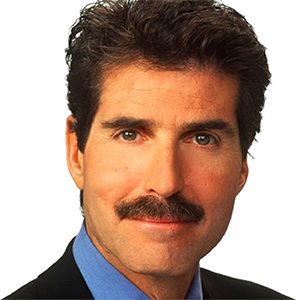

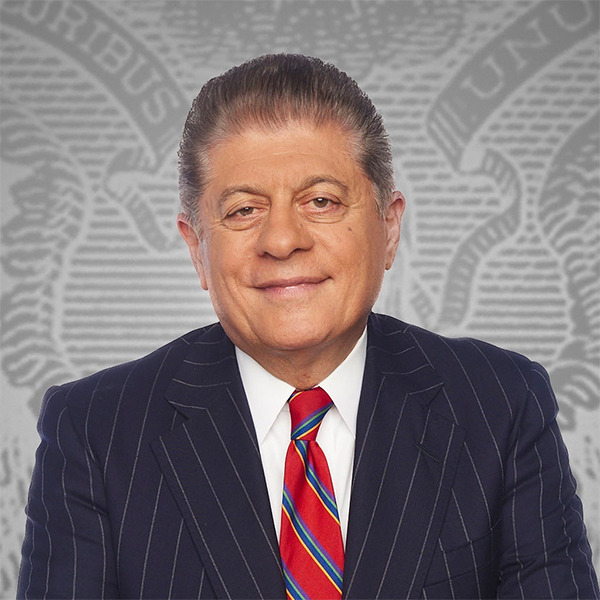























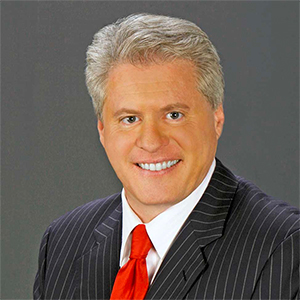

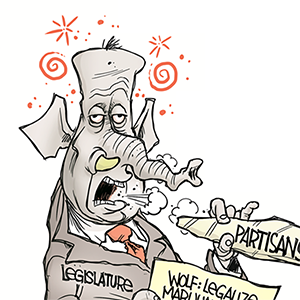

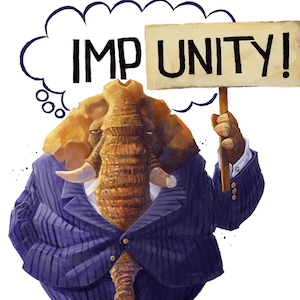
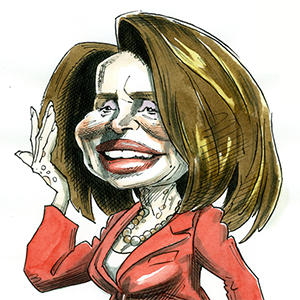

Comments